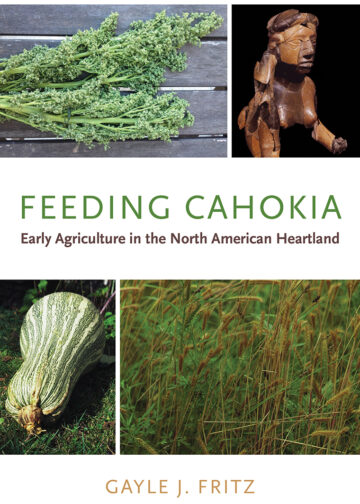Archaeologists have struggled to explain the rapid rise and fall of Cahokia — the mysterious Mississippian mound-building culture that sprang up about a thousand years ago in the fertile southern Illinois bottom lands just across the river from modern-day St. Louis.
Scholars have painted the civilization as a hierarchical, highly centralized society where ruling elites demanded tribute from lowly peasant farmers who toiled in a culture spiritually obsessed with and highly dependent upon the cultivation of corn.
While there’s little doubt that farming was the civilization’s lifeblood, a new book by a paleoethnobiologist at Washington University in St. Louis offers a compelling case for a much different understanding of the Cahokian culture.
The book also offers a road map for the rediscovery and possible recultivation of an array of highly nutritious wild food sources, including a North American cousin of quinoa, that were once a staple part of the early American diet.
“The real story of Cahokia is about much more than maize and decisions made by a small group of elites,” said Gayle Fritz, professor emerita of anthropology in Arts & Sciences and author of “Feeding Cahokia: Early Agriculture in the North American Homeland” (2019 University of Alabama Press).
Read more in The Source.

Comments and respectful dialogue are encouraged, but content will be moderated. Please, no personal attacks, obscenity or profanity, selling of commercial products, or endorsements of political candidates or positions. We reserve the right to remove any inappropriate comments. We also cannot address individual medical concerns or provide medical advice in this forum.